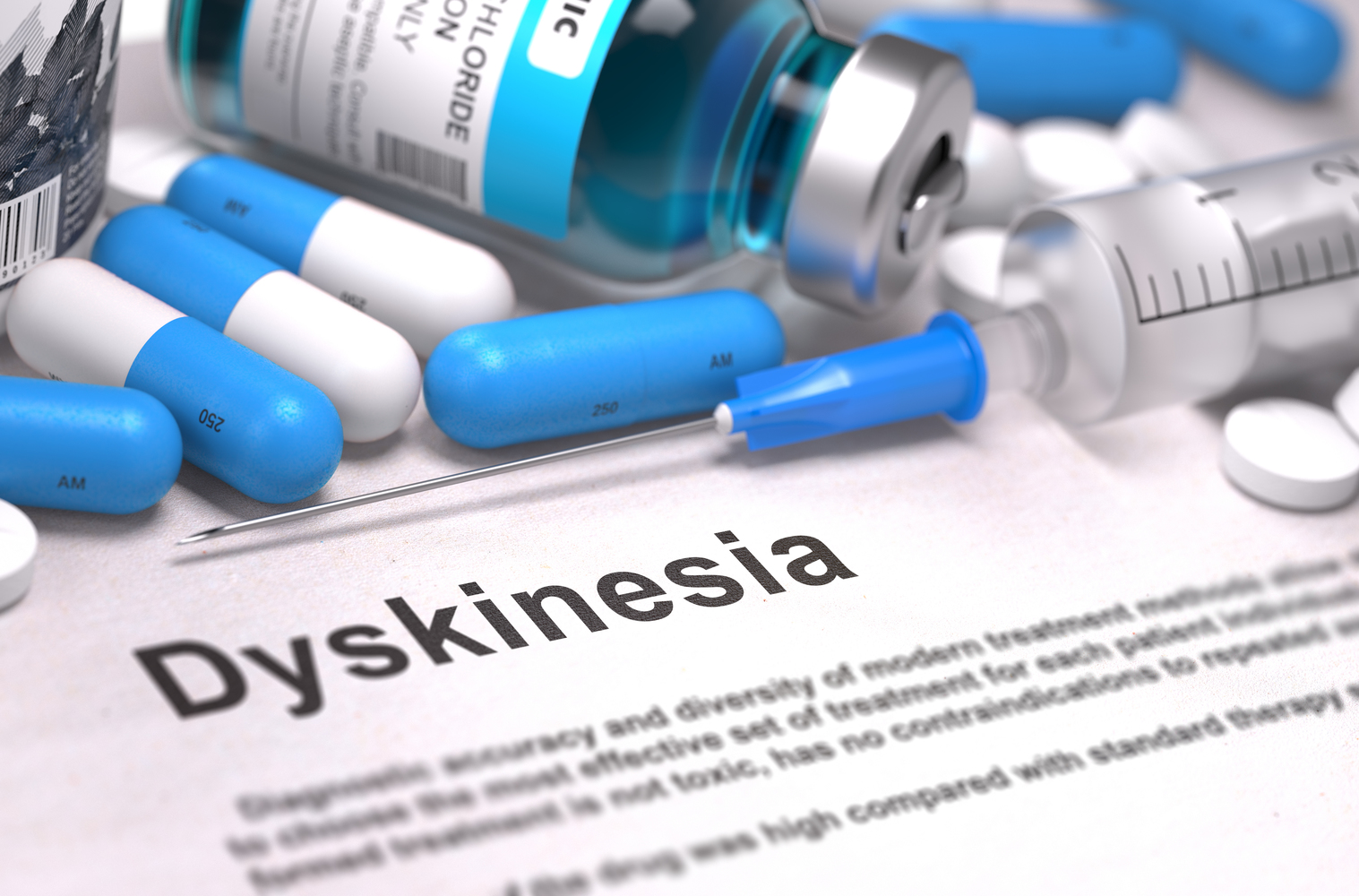
An Overview of Treatment Options for Dyskinesia and Tremors
Dyskinesia refers to involuntary movements that one fails to control. This movement can affect any one body part like an arm or the entire body. It’s helpful to know treatment options for dyskinesia and tremors because these can sometimes be associated with acute pain, so much so that you are unable to perform regular activities. Usually, dyskinesia is noticeable in people diagnosed with Parkinson’s disease. The main reason for this is side-effects of levodopa treatment.
Treatment options for dyskinesia and tremors
The treatment options for dyskinesia and tremors will not be the same for everyone, because there are differences in severity of symptoms, age, duration for which the patient has been undergoing levodopa treatment, length of time that has elapsed since Parkinson’s was detected etc.
- One of the most effective ways to treat this condition is to adjust the levodopa dosage so that dopamine levels in your brain do not fluctuate.
- You can consider taking levodopa via extended-release formulations or through continuous infusion.
- It may help to take levodopa in small doses but for multiple times.
- You can consume levodopa half-an-hour before eating in order to make sure that the proteins in your food do not hamper its absorption.
- Doing regular exercises like swimming or walking, according to what your doctor has recommended for you, is a good way to control this condition.
- Stress management techniques will help since dyskinesia will aggravate when stress or anxiety levels are high.
- Some patients are made to undergo deep brain stimulation; this is a surgical procedure for treating very severe symptoms. You cannot just opt for this procedure; there are conditions that have to be met to make you eligible for it. It is usually resorted to when nothing else has worked and the condition is deteriorating.
How to handle tremors in Parkinson’s
Parkinson’s disease is characterised by symptoms like head bobbing, fidgeting, and swaying, along with tremors and stiff limbs. These are symptoms of dyskinesia that develop because of an overuse of levodopa for treating Parkinson’s. The condition sets in when you have been taking very high doses, or if you have been on this medication for a prolonged period of time. Not all Parkinson’s patients will get it and even if they do, symptoms can be mild.
To handle these uncontrollable movements there are some suggestions and therapies. For instance, the doctor can simply tweak your medications slightly to get results. Parkinson’s symptoms typically develop when the brain is not getting sufficient dopamine. Levodopa will heighten dopamine levels in your brain, and this triggers jerky movements. But as soon as the drug starts to wear off, the dopamine levels fall, and this fluctuation causes tremors or dyskinesia.
So the best way to treat tremors is to adjust the levels of levodopa. So, it must be low enough to avoid its side-effects, yet it should be enough to control the symptoms. This can be a big challenge and only a medical professional can help you balance this. Alternatively, you can opt for a slow release process so that levodopa gets released into the blood more slowly. This will help maintain stable dopamine levels in the brain.


